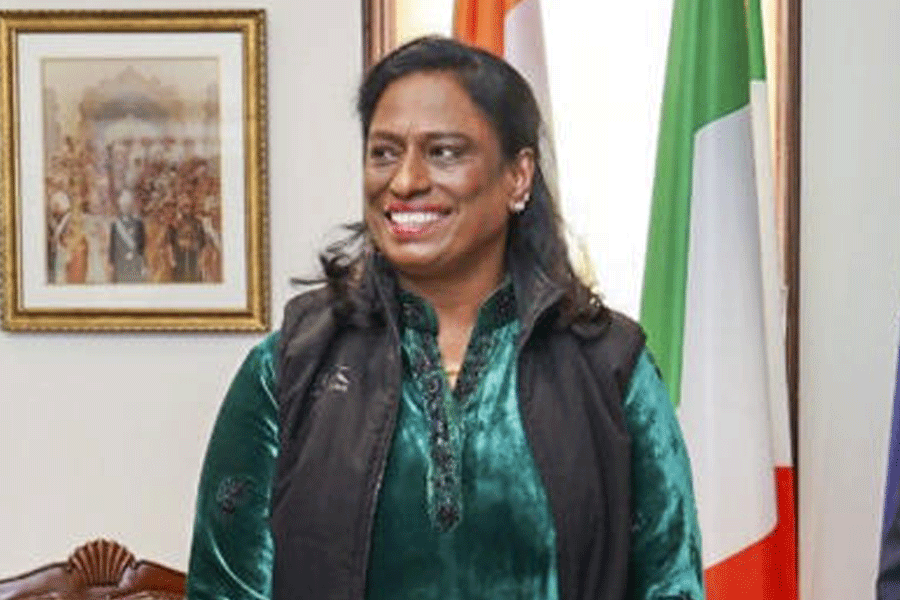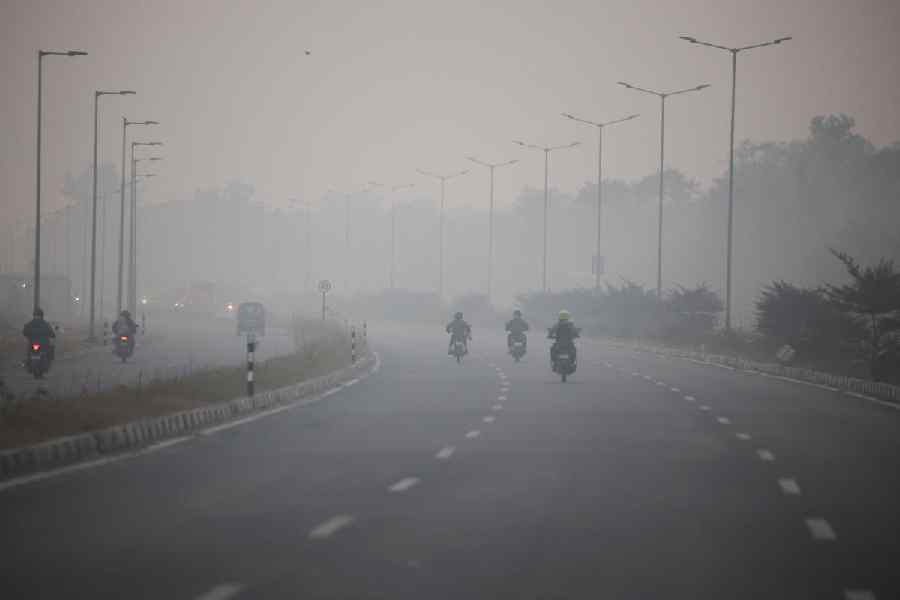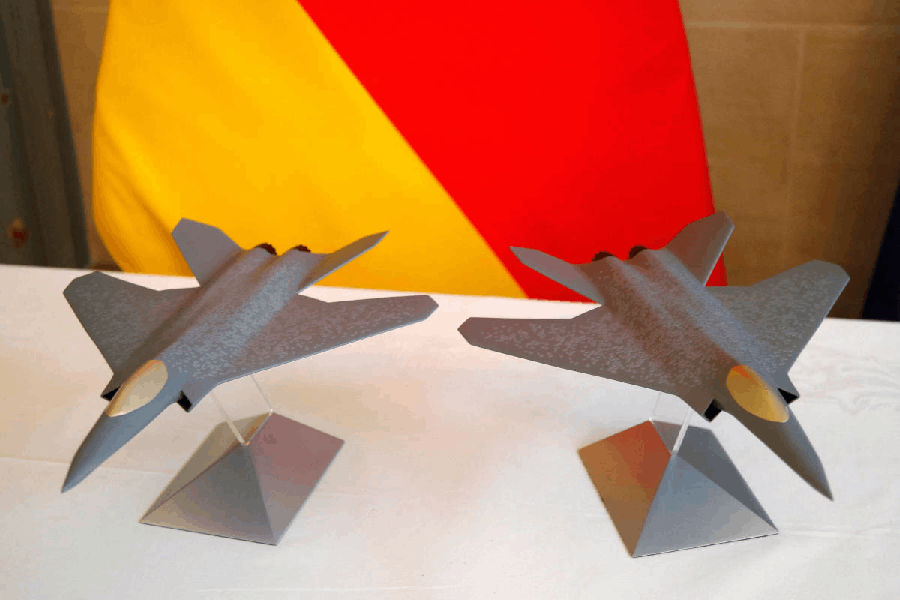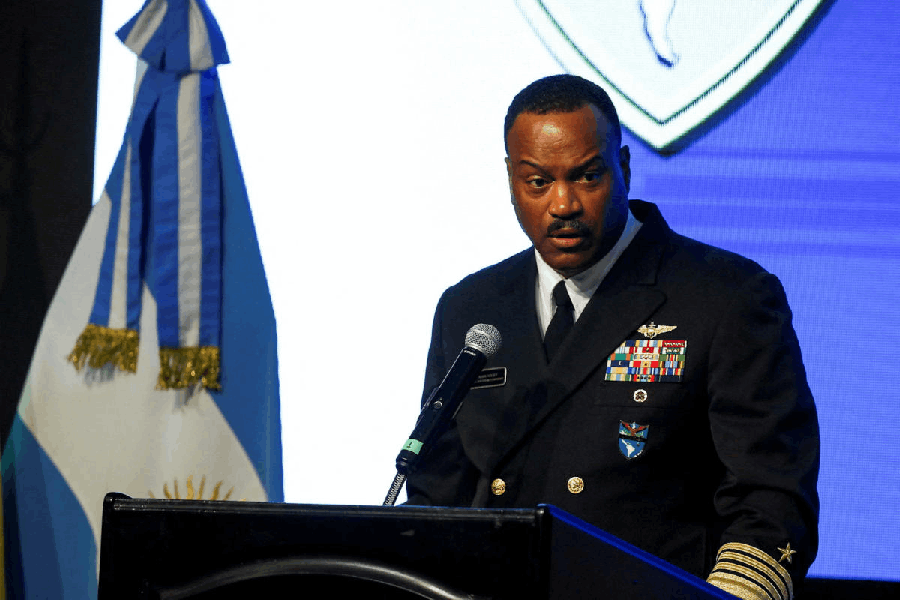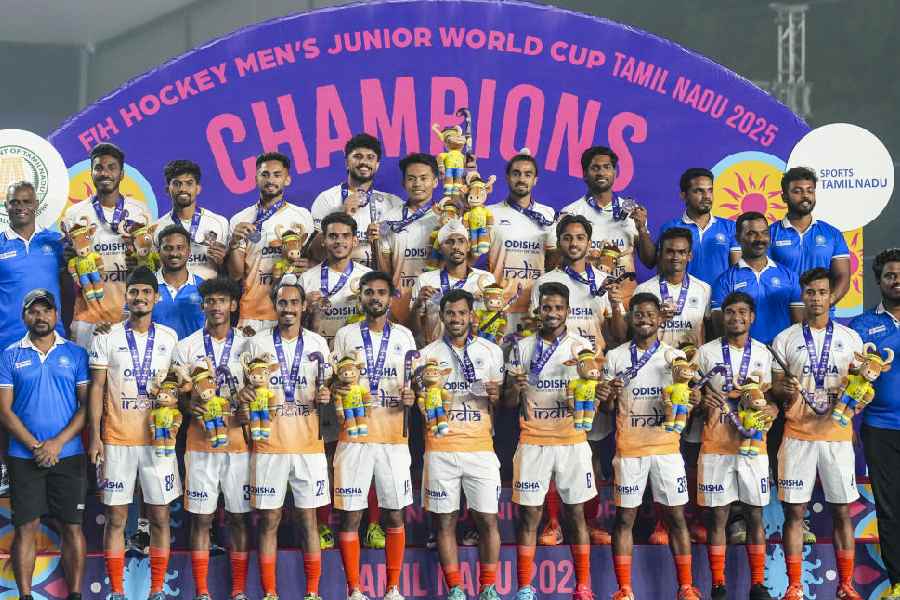 |
| George Harrison with Ravi Shankar at a news conference in New York in 1971 |
At Madison Square Garden, New York City, in 1971, three men in white dhotis and kurtas, along with a lady tanpura player, walked in and sat down on stage. Ravi Shankar, Ali Akbar Khan and Alla Rakha Khan were to perform, the support act if you will, before a star-studded rock concert that had been lined up by none other than George Harrison.
The crowd was restless, eager to get on with it. Ravi Shankar and the others began playing. They did so for a few minutes, plucking the strings of the soul-stirring sitar as it mingled with the short jabs of the sarod while the tablas barely kept beat. Suddenly they stopped and the crowd roared in appreciation.
Thank you, said Ravi Shankar. If you appreciate the tuning so much, I am sure you will enjoy the playing more.
He then went on to tutor the audience on the nuances of Indian classical music and how it should be listened to in silence, without perhaps a cigarette in hand and without the staple head-banging that accompanies rock shows.
On hindsight, the Concert for Bangladesh may have just ended up doing more for the sitar, often described in the West as a long-necked, round-bodied, gourd-topped string instrument, than for the famine-ravaged country. The sitar had finally caught the fancy of the West, entered the world of rock arenas and was ultimately going to become a permanent fixture in any discourse on the cross-cultural powers of eastern music.
“If I’ve accomplished anything in these past 30 years,” Ravi Shankar said in a 1985 interview published in The New York Times, “it’s that I have been able to open the door to our music in the West. I enjoy seeing other Indian musicians — old and young — coming to Europe and America and having some success. I’m happy to have contributed.”
It was during the ’50s that Ravi Shankar was infected with the idea of popularising our music to western audiences. Perhaps it was because of his innate nature that always wanted to do new things, experiment with new sounds. Most of us in Calcutta remember growing up with the LP, West Meets East , displayed prominently in the drawing room record cabinet. Ravi Shankar followed up on his 1967 collaboration with violinist Yehudi Menuhin twice in a volume II next year and another album, Improvisations, in 1977.
If Harrison, whom Ravi Shankar would lovingly refer to as “Hari Son”, was the lifelong friend and creative collaborator that helped seal the position of Indian music beyond the Indian Ocean, there were others equally interested in making that crossover. John Coltrane, that legendary jazz saxophonist, was so taken up with Indian ragas and the techniques of improvisation, that he forged a relationship with him for over two years from 1964 even before the Beatle had been hooked on the sitar.
So Ravi Shankar became this bridge, a role he had willingly assumed upon himself when he was a dancer in elder brother Uday Shankar’s troupe. He toured the Soviet Union, performed in London and New York, undertaking several long tours thereafter.
Then came the burnout. He started to dislike the pop culture adulations he was receiving, with his music taking second place. His wry sense of humour, so aptly on display at the ’71 Madison Square gig, helped him keep his sanity.
“I was lucky to have been there at a time when society was changing,” he said in the 1985 interview. “And although much of the hippie movement seemed superficial, there was also a lot of sincerity in it…. What disturbed me, though, was the use of drugs and the mixing of drugs with our music. And I was very hurt by the idea that our classical music was treated as a fad — something that is very common in western countries.”
Harrison talks about the discipline Ravi Shankar inculcated in him. In his biography, I Me Mine, he recalls the early lessons as “interesting” for they showed how a master like Ravi Shankar was able to start from scratch with a beginner.
Another aspect said a lot more.
Harrison writes: The telephone rang and I put the sitar down, stood up and went on to step across the sitar and got to the phone and Ravi whacked me on the leg and said ‘the first thing you must realise is that you must have more respect for the instrument’.
The Beatle took it to heart. Today, among the many hits of the Fab Four, the world still hums the fruits of those guru-shishya sessions: Norwegian Wood, Within You Without You.
Ten years ago on November 29, 2002, Ravi Shankar unveiled Arpan, his composition in memory of Harrison who had died the same day a year before. It was played by his daughter Anoushka at yet another stellar concert, this time at the Royal Albert Hall, London. The format was the same as the Concert for Bangladesh — an Indian classical section followed by Harrison’s music played by his friends that included Eric Clapton, Billy Preston, Tom Petty and Jeff Lyne.
“George is like a son to me and I am so glad my grandson Dhani (Harrison’s son) is here too,” Ravi Shankar told the audience.
There was no lecturing, and he didn’t need a one-liner to drive home the importance of silence while Indian classical was being played.
There was only music.
 |
 |


